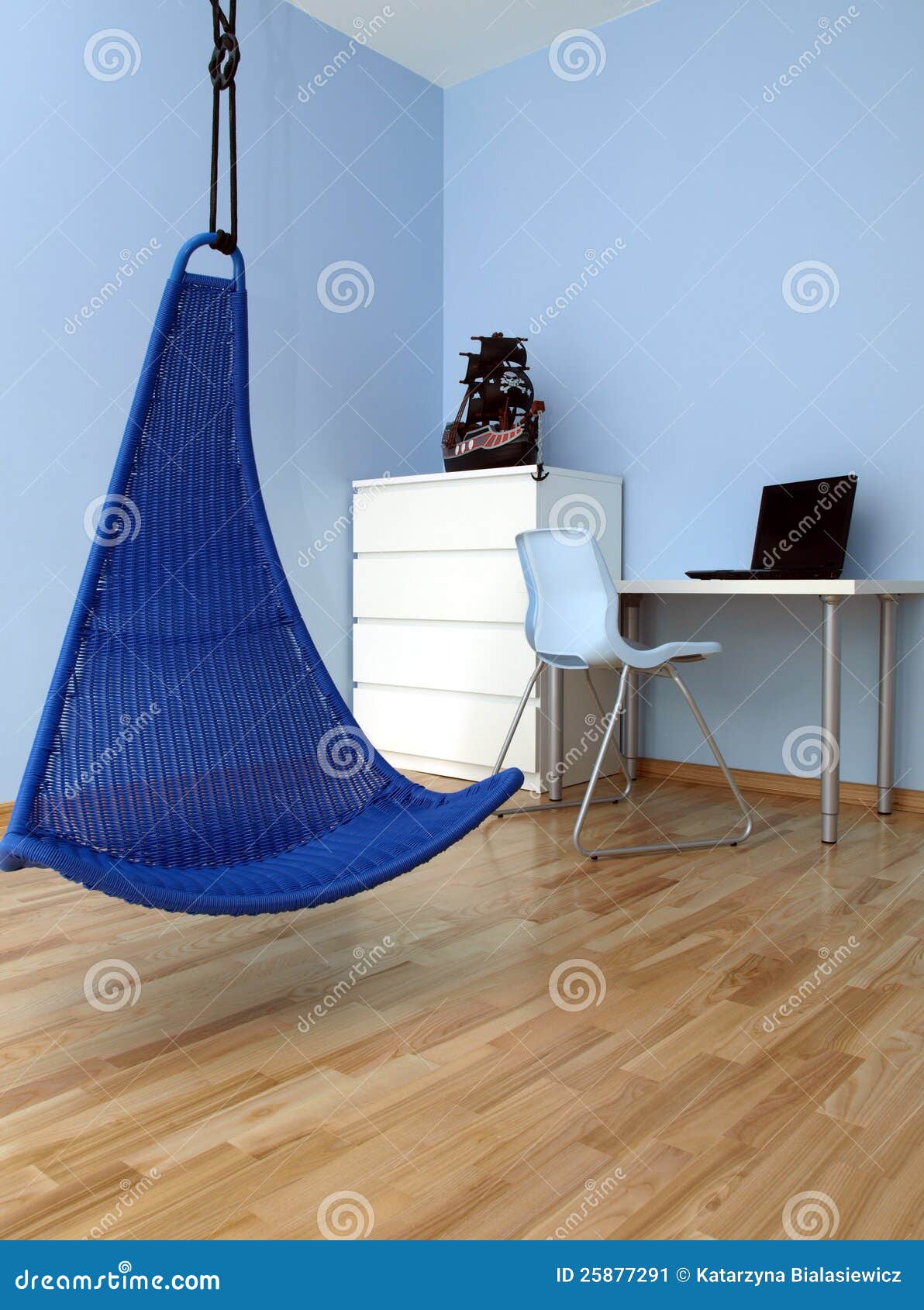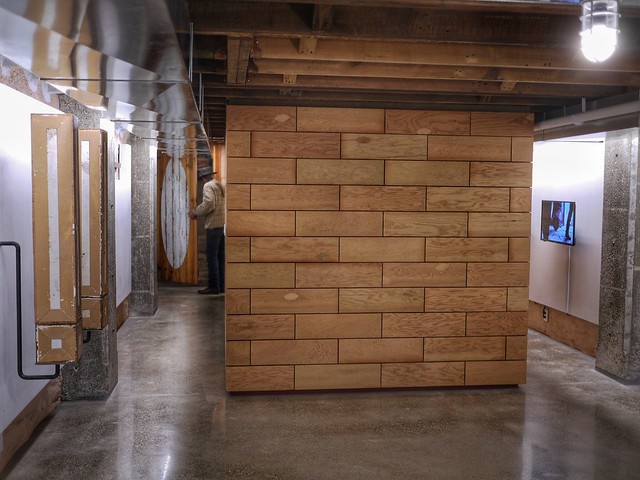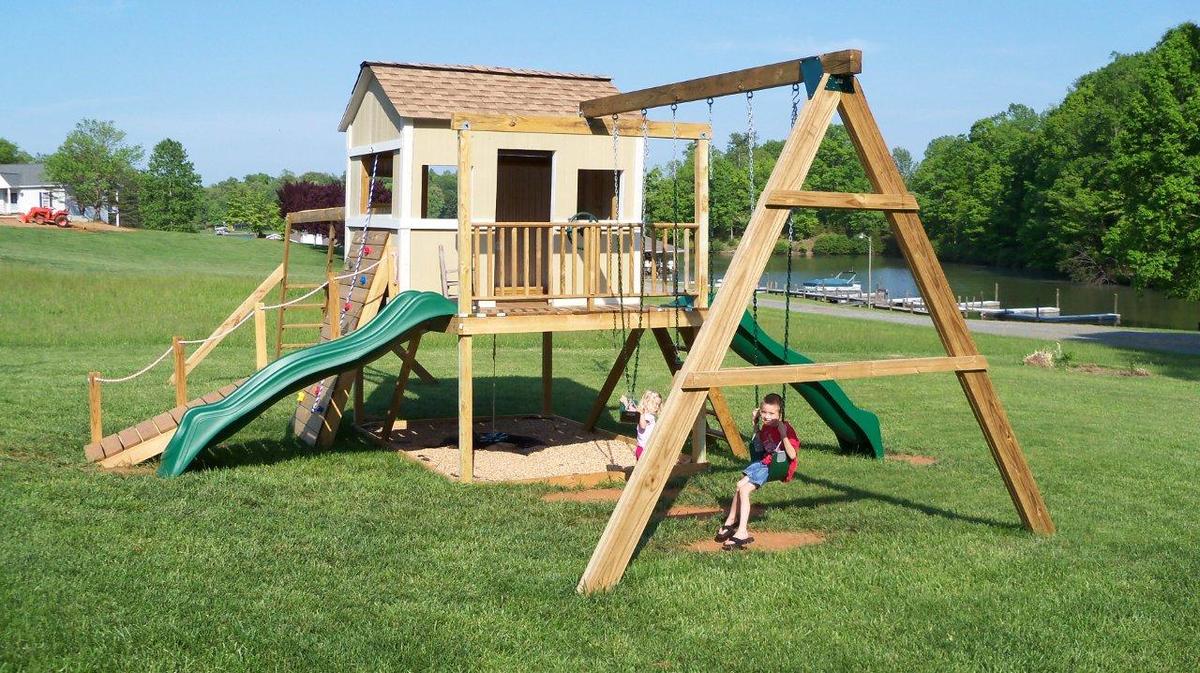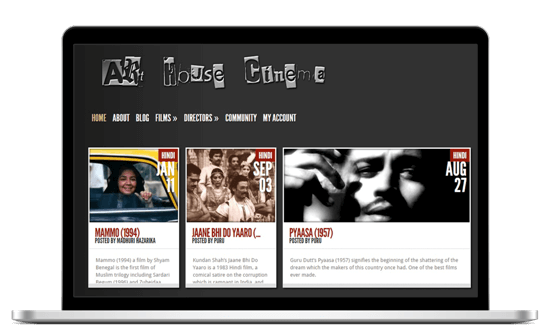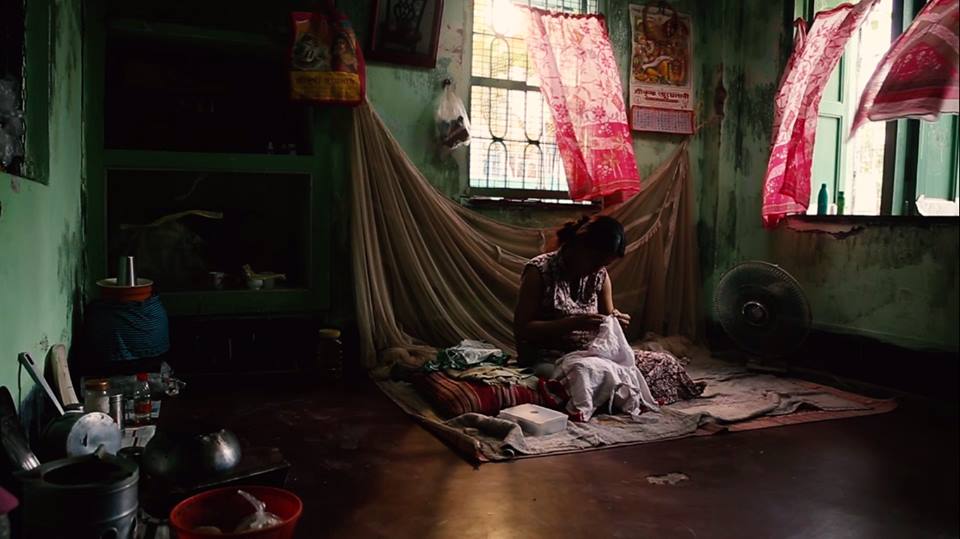Table Of Content

When a court has specific personal jurisdiction over only some of a plaintiff's claims, the doctrine of pendent personal jurisdiction may allow the court to exercise personal jurisdiction over the remaining claims. Pendent personal jurisdiction “exists when a court possesses personal jurisdiction over a defendant for one claim, lacks an independent basis for personal jurisdiction over the defendant for another claim ... And then, because it possesses personal jurisdiction over the first claim, asserts personal jurisdiction over the second claim.” United States v. Botefuhr , 309 F.3d 1263, 1272 (10th Cir.2002). But this doctrine is only applicable when the claims are sufficiently related. Accordingly, the final step in the jurisdictional analysis is to consider whether the court may exercise pendent personal jurisdiction over Creative Controls for any claim over which it lacks specific personal jurisdiction.
Kindig-It Design v. Creative Controls
Accordingly, venue is proper for the Copyright-Related Claims under 28 U.S.C. § 1391(a), (c)(2) (2012). Additionally, the court is unpersuaded that the Copyright-Related Claims should be transferred to a Michigan court under 28 U.S.C. § 1404 (2012). For the same reasons as set forth in the previous section, the court finds that it is not unfair for Creative Controls to litigate the Copyright-Related Claims in Utah. The Tenth Circuit has explained that “[p]endent personal jurisdiction ... Exists when a court possesses personal jurisdiction over a defendant for one claim, lacks an independent basis for personal jurisdiction over the defendant for another claim ...
Maximize Compensation: Powerful Strategies for Truck Accident Claims
746, 755, 187 L.Ed.2d 624 (2014) (quoting Goodyear Dunlop Tires Operations, S.A. v. Brown , 564 U.S. 915, 131 S.Ct. 2846, 180 L.Ed.2d 796 (2011) ). In this case, the parties agree that Creative Controls' limited contacts with Utah are insufficient to give rise to general personal jurisdiction. Accordingly, the court's analysis is confined to specific personal jurisdiction. Kindig has met its burden of showing that Creative Controls has sufficient contacts with Utah to allow the court to exercise personal jurisdiction over it on the non-patent claims.
Kindig It Lawsuit: A Closer Look at the Legal Battle
There is some ambiguity as to whether the second scheduling order, which established specific deadlines related to the patent claims against Speedway Motors, applies to the claims against Creative Controls, which did not include any patent claims. But even if the amended scheduling order controls, Kindig-It filed its motion to compel well after the deadline. Written discovery had to be served by February 7, 2017 and fact discovery was closed on March 9, 2017. The filing of a motion to compel a month after the close of discovery was undoubtedly untimely. Kindig's Complaint does provide a description of the copyrighted work in paragraphs 16 through 25. The description includes the copyright registration information as well as the date of first publication.
Q: Were there any attempts to settle the lawsuit outside of court?
On April 10, 2017, Kindig-It filed the present motion to compel, arguing that the responses provided by Creative Controls were inadequate. In conclusion, the Kindig It lawsuit shed light on the complexities and challenges faced by businesses in the automotive customization industry. It emphasized the significance of maintaining transparency, setting realistic expectations, and fostering open communication between service providers and clients. While the legal battle might have caused temporary setbacks, Kindig-It Design emerged stronger, armed with the lessons learned from the dispute. This allegation is in stark contrast to the Zippo -based arguments Kindig previously advanced. Namely, this is an allegation that there was an actual, not merely a possible, contact with the forum.

Moreover, the Utah court also determined that they could use Creative Controls’ established website as a case for personal jurisdiction. The court ruled in favour of both companies on varying counts. To begin with, they found that Kindig-it Designs had sufficiently proved that Creative Controls had indeed been in contact with clientele based in Utah. In response to this, Creative Controls countersued Kindig-it, claiming that the Utah court they were summoned to had no jurisdiction.
Thus, even assuming that the website constitutes an offer to sell under Federal Circuit law, there is no evidence that Creative Controls has ever made an offer to sell an allegedly infringing product to a Utah resident via its website. Without such evidence, the court cannot find that Creative Controls' website creates sufficient minimum contacts with Utah to constitute purposeful availment of the Utah forum. Accordingly, the court lacks specific personal jurisdiction over Creative Controls on all patent-related claims. Specific personal jurisdiction exists only when the plaintiff's claims arise out of the defendant's contacts with the forum. Thus, the court must consider each of Kindig's claims separately to determine whether they arise from any of Creative Controls' contacts with Utah.
Once entered, the scheduling order "may be modified only for good cause and with the judge's consent." FED. This good cause requirement "requires the movant to show the 'scheduling deadlines cannot be met despite [the movant's] diligent efforts.'" Gorsuch, Ltd., B.C. Bank Ass'n, 771 F.3d 1230, 1240 (10th Cir. 2014) (alteration in original) (citation omitted). They argued that the website the company set up was not specifically set to target customers from a specific area. Instead, Creative Controls catered to anyone with access to their website. They shouldn’t be penalised just because their site attracted business from Utah.
C1 Corvette-Inspired Kingdig-It CF1 Roadster Shown At The 2021 SEMA Show - GM Authority
C1 Corvette-Inspired Kingdig-It CF1 Roadster Shown At The 2021 SEMA Show.
Posted: Thu, 25 Nov 2021 08:00:00 GMT [source]
Rather, it cites cases explaining that complaints must “give defendants fair notice of the claims against them and the grounds supporting the claims.” Cincinnati Life Ins. Co. v. Beyrer , 722 F.3d 939, 947 (7th Cir.2013) (quoting Stanard v. Nygren , 658 F.3d 792, 797 (7th Cir.2011) ). On the patent-related claims, Federal Circuit law governs the due process analysis for personal jurisdiction purposes. In contrast, on the non-patent-related claims, Tenth Circuit law controls. See Silent Drive, Inc. v. Strong Indus., Inc. , 326 F.3d 1194, 1201 (Fed.Cir.2003) (discussing when Federal Circuit law or regional circuit law applies to personal jurisdiction analysis). The following general principles, however, apply in both circuits.
While claim seven is for unfair competition under the Utah's Unfair Competition Act, it is still patent-related because, as argued in Kindig's reply, the alleged “material diminution in value of intellection property” is based on the patent claims. To determine whether the court has personal jurisdiction over Creative Controls, the court must first determine whether to apply Tenth Circuit or Federal Circuit law. Accordingly, the inquiry is whether Federal Circuit law or Tenth Circuit law governs the due process analysis. As the dispute escalated, both parties resorted to legal action.
Rather, the defendant must have purposefully targeted its activities toward a particular forum, such that it should “reasonably anticipate being haled into court there.” World – Wide Volkswagen Corp. v. Woodson , 444 U.S. 286, 297, 100 S.Ct. In that sense, the availability of a website in any forum is similar to “stream of commerce cases” where the defendant distributes products into the national stream of commerce. As the Supreme Court explained, “[t]he placement of a product into the stream of commerce, without more, is not an act of the defendant purposefully directed toward the forum State. Additional conduct of the defendant may indicate an intent or purpose to serve the market in the forum State ....” Asahi Metal Indus. This is the only contact that Creative Controls allegedly has with Utah that is related to the patent claims.

It has not, however, met its burden for the patent claims. And Kindig has only sufficiently stated a claim under Rule 12(b)(6) for some, but not all, of its claims. Accordingly, the court GRANTS IN PART AND DENIES IN PART Creative Controls' motion to dismiss.
The magistrate judge entered the first scheduling order in this case on March 4, 2016. The order required fact discovery to be completed by November 18, 2016. A default certificate was entered against Creative Controls on May 19, 2016. The magistrate judge entered a revised scheduling order on July 27, 2016. The revised order included a deadline to serve written discovery before claim construction on February 7, 2016. The Kindig-It Design lawsuit is one of several lawsuits that have been filed against automotive parts and accessories companies in recent years.
Both claims are based on Kindig's allegations that Creative Controls copied the photographs of cars that Kindig customized and that Creative Controls “passed off” those images as depicting their own customization of cars. Creative Controls argues that Kindig has failed to sufficiently plead its copyright infringement claims (claims 3 and 4). First, it argues that the claims do not sufficiently identify the copyrighted materials that Creative Controls has allegedly infringed. Second, it argues that the claims do not sufficiently identify which of Creative Controls' works infringe upon the copyrights. Third, Creative Controls asserts that some of the copyrights may be invalid on their face.

